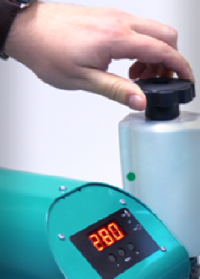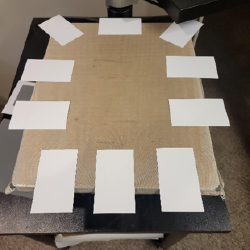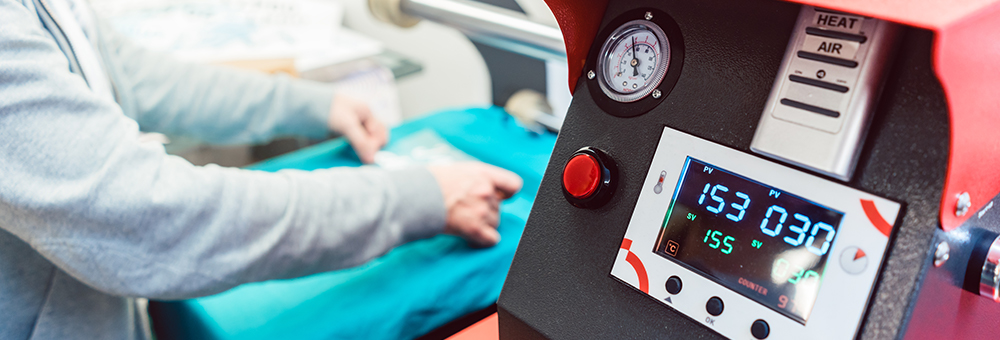Successful heat printing depends on three things being delivered accurately: heat, time and pressure. Pressure needs to be evenly distributed across the upper platen to the garment design on the lower platen. How important is pressure, you might ask? Apart from it being part of the name of the heat press process, well…pressure is the first thing I check to make sure it’s accurate and the last I change when tweaking a heat press recipe.

Timing Is Everything
Everyone has a heat press horror story — melted a zipper, something fell off, etc. The simple fact is that there is no one heat press setting that works for every garment or material. Not yet, anyway. Until that changes, there will be a need to accommodate different garments and decoration methods.
I mentioned that pressure is the first thing I set and the last thing I change. When doing the initial test on a manual machine, try to test when the press is first turned on or cooler than the application. Should the press already be at temp, test your heat and pressure on the inside hem first. If you’re not testing in an inconspicuous area, you might soon have one of those horror stories to tell.
Check Your Pressure
 For older manual machines (especially the lower-priced units) you can use the business card method to test pressure. Place several cards or pieces of paper around all sides of the platen and lock down your press. Each should be able to be pulled with the same amount of force. For machines without a digital pressure readout, under light pressure the cards will slide out with only a little resistance, medium pressure will take more effort, and with heavy pressure the cards should not release at all.
For older manual machines (especially the lower-priced units) you can use the business card method to test pressure. Place several cards or pieces of paper around all sides of the platen and lock down your press. Each should be able to be pulled with the same amount of force. For machines without a digital pressure readout, under light pressure the cards will slide out with only a little resistance, medium pressure will take more effort, and with heavy pressure the cards should not release at all.
For digital presses the readout makes things easy, but contact your press manufacturer if you ever feel the readout needs to be calibrated. If the cards release much easier in one area than the others this can be a sign your press needs some attention. Examine the silicone pad for wear, typically found around corners or handling points if you have interchangeable platens. Most often this can be remedied by replacing the worn pad.
Pressure and Time
Pressure will also play a part in how your finished design will look. Too much pressure can cause strikethrough, where the garment color shows through your design giving you a melted-in appearance, while not enough pressure means your work has the potential to peel off.
Keep in mind that the repeated expansion and contraction from heat as well as the up and down movement and pressure release mean that manual machines can gradually adjust away from the desired pressure. Over time, manual machines with an analog dial for pressure can slowly change through the constant use and the daily turning on/off of the press. Remember that heat expands and you must be vigilant that your pressure isn’t changing over time. Be sure to check for this periodically during long runs.
For air-driven machines, making sure you have enough external air pressure to keep up with rapid pressing is also essential. Having some designs that applied normally and others that have released is often an indicator that something changed during production. The culprit may not be so easy to identify after the fact in a one-off test compared to the rigors of a production run.
